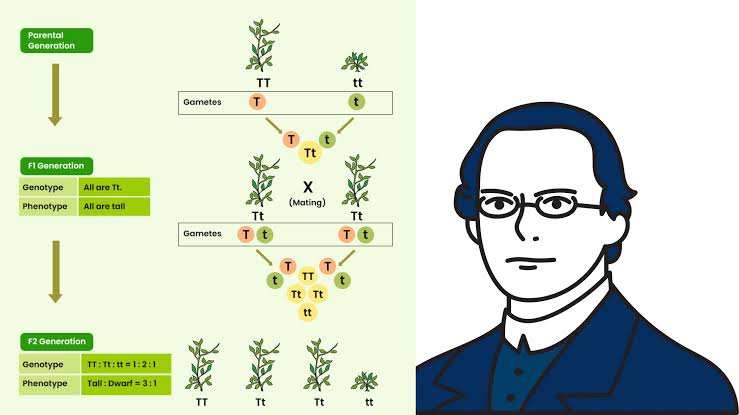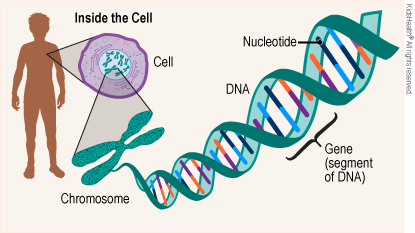
Structure and Functions of Telomere and Telomerase
Telomeres are repetitive DNA sequences located at the ends of linear chromosomes, specifically composed of the hexameric repeat sequence TTAGGG in humans. They serve as protective caps that prevent chromosome degradation and fusion, thus maintaining genomic stability. Each time a cell divides, telomeres shorten due to the “end replication problem,” where DNA polymerase cannot fully replicate the ends of linear chromosomes during cell division. This progressive shortening acts as a biological clock, limiting the number of times a cell can divide—a phenomenon known as replicative senescence.
Telomerase is a ribonucleoprotein enzyme complex responsible for maintaining telomere length. It consists of two main components: the telomerase reverse transcriptase (TERT), which provides the catalytic activity for adding DNA repeats to telomeres, and the telomerase RNA component (TERC), which serves as a template for synthesizing these repeats. Telomerase is typically active in stem cells, germ cells, and most cancer cells but is largely inactive in somatic cells.
The primary functions of telomeres include:
- Protecting chromosome ends from degradation.
- Preventing end-to-end fusions between chromosomes.
- Serving as a buffer against loss of coding DNA during replication.
Telomerase’s functions extend beyond merely elongating telomeres; it also plays roles in cellular signaling pathways that promote cell growth and survival.
Biogenesis of Telomerase
The biogenesis of telomerase involves several steps:
- Transcription: The TERC gene is transcribed into RNA within the nucleus. This RNA molecule contains sequences complementary to the telomeric repeats (TTAGGG).
- Assembly: The TERT protein is synthesized in the cytoplasm and then transported back into the nucleus where it assembles with TERC to form an active telomerase complex.
- Post-translational Modifications: TERT undergoes various post-translational modifications that regulate its activity and stability. These modifications can influence its localization within the cell and its interaction with other proteins.
- Activation: In many normal somatic cells, telomerase remains inactive due to epigenetic silencing mechanisms or lack of necessary cofactors. However, in stem cells and cancer cells, specific signals can activate telomerase expression through mutations or changes in regulatory pathways.
- Functionality: Once activated, telomerase adds TTAGGG repeats to the 3’ ends of chromosomes using its RNA template, counteracting natural telomere shortening during cell division.
Significance of Telomerase in Cancer and Aging
The significance of telomerase lies primarily in its dual role concerning cancer and aging:
- In Cancer:
- Approximately 85-90% of human cancers exhibit reactivated telomerase activity, allowing cancer cells to maintain their telomere length despite continuous divisions.
- This reactivation enables tumor cells to bypass senescence and continue proliferating indefinitely—an essential characteristic for tumor progression.
- Mutations in the TERT promoter are among the most common noncoding mutations found in various cancers (e.g., melanoma, glioblastoma), leading to increased transcriptional activation of TERT.
- Targeting telomerase presents a promising therapeutic strategy for cancer treatment since inhibiting its activity could induce apoptosis selectively in cancerous cells while sparing normal somatic cells.
- In Aging:
- As individuals age, somatic cells experience progressive telomere shortening due to limited or absent telomerase activity; this contributes to cellular senescence.
- Shortened telomeres are associated with age-related diseases such as idiopathic pulmonary fibrosis and aplastic anemia.
- Chronic inflammation linked with aging can further accelerate telomere attrition by inhibiting telomerase activity through pro-inflammatory cytokines like IL-6 and TNF-α.
- Understanding how to modulate telomerase activity may lead to interventions that enhance healthy aging or mitigate age-related diseases by preserving cellular function over time.
In summary, telomeres protect chromosome integrity, while telomerase maintains their length, playing critical roles in both cancer development and aging processes.







